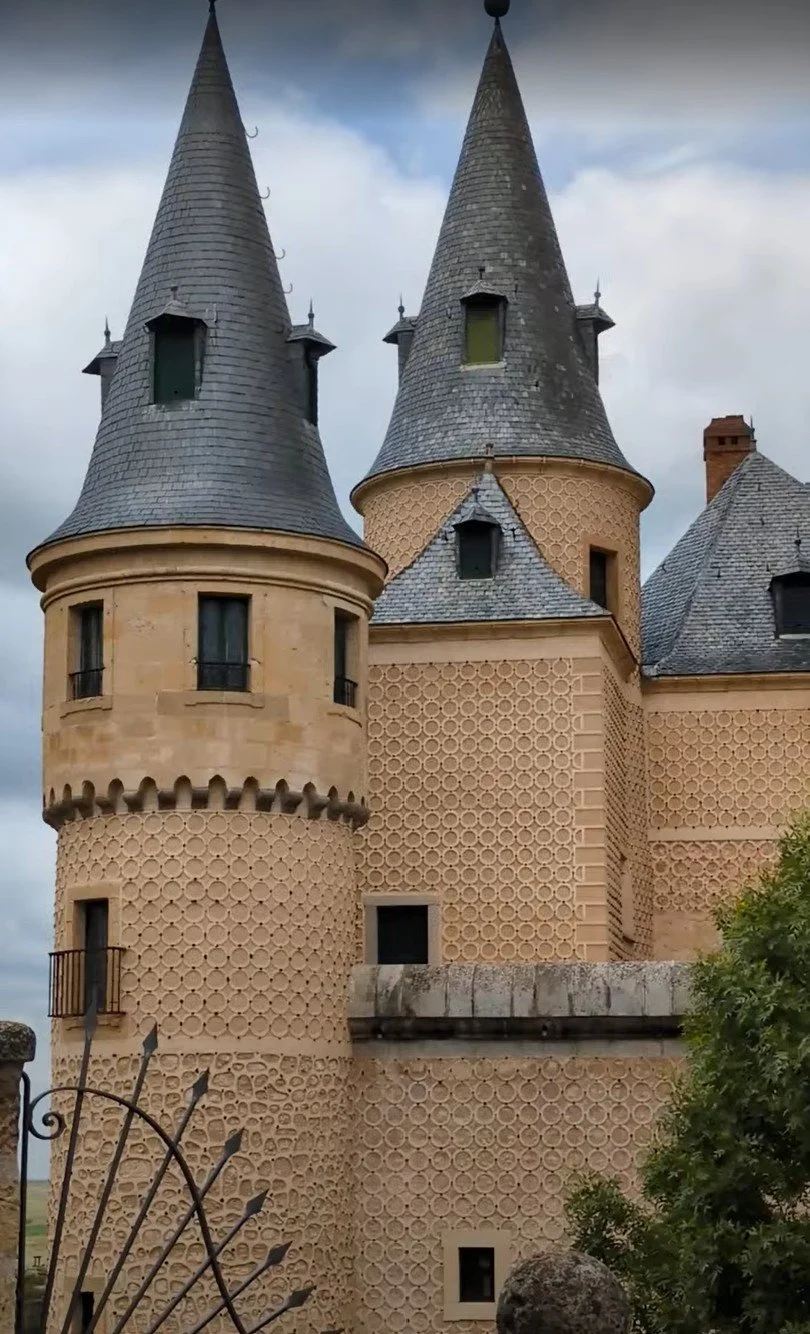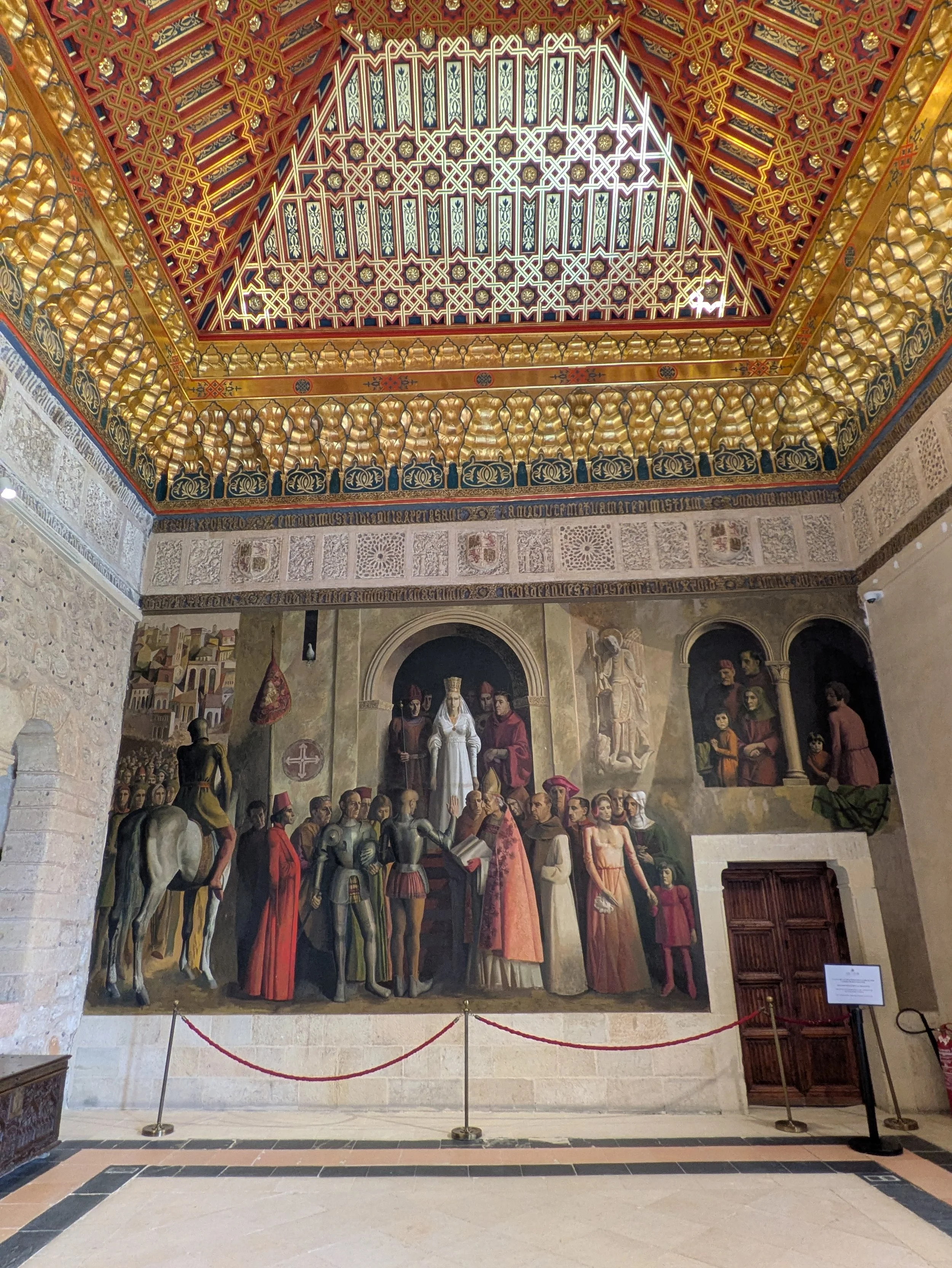Exploring Segovia: A Perfect Day Trip from Madrid
If you're spending time in Madrid and looking for an easy and rewarding day trip, consider visiting Segovia. This charming city is packed with history, beauty, and excellent food—and its three main attractions can comfortably be seen in a single day.
Getting There
Segovia is just a short ride from Madrid on Spain’s high-speed AVE train. Trains depart from Madrid-Chamartín station, and the journey takes around 30 minutes. Note that the high-speed line does not stop at the main station in town. Instead, it arrives at Segovia-Guiomar, which is located about 15–20 minutes outside the city center.
Luckily, public buses (lines #11 and #12) meet each arriving train. The ride into town takes about 25 minutes and drops you near Segovia’s famous Roman aqueduct. Be sure to have cash on hand for the bus—credit cards were not accepted when I visited.
Stop 1: The Roman Aqueduct
Segovia’s aqueduct is impossible to miss—and you wouldn’t want to. This incredible structure dates back to the 1st century AD and was built by the Romans without the use of mortar. Its 167 arches stretch more than 800 meters (2,600 feet) and tower up to 28 meters (92 feet) high at their tallest point. The aqueduct once carried water from the Frío River, nearly 10 miles away, into the city.
We climbed the stairs next to the aqueduct to get a better view of the full length of the structure. From that higher vantage point, you can really appreciate the scope and precision of Roman engineering.
Stop 2: The Alcázar of Segovia
From the base of the aqueduct, we took a smaller bus up the winding streets of the old town to the Alcázar—a medieval fortress perched on a rocky cliff at the edge of the city. The bus was specially sized to navigate Segovia’s narrow historic roads and dropped us right at the entrance.
The Alcázar is said to have inspired Walt Disney’s design for the castle in Snow White, and it’s easy to see why. With its turreted towers, sweeping views of the surrounding valley, and fairy-tale profile, the castle is one of Spain’s most photogenic landmarks.
Originally built as a fortress, the Alcázar has also served as a royal palace, prison, and military academy over the centuries. Inside, visitors can tour rooms filled with armor, tapestries, and period furnishings. And the views are absolutely gorgeous.
Stop 3: Segovia Cathedral
After our tour of the Alcázar, we walked downhill toward the center of town. Along the way, we stopped at the Segovia Cathedral, known as “The Lady of Cathedrals” due to its graceful late Gothic style.
Construction began in 1525, making it one of the last Gothic cathedrals built in Europe. The interior features soaring columns, a richly decorated high altar, and several chapels. The cathedral is located on Plaza Mayor, the city’s central square, which is lined with cafés and shops—perfect for a break or a bit of people-watching.
Wrapping Up the Day
Back near the aqueduct, we grabbed a quick bocadillo (a simple Spanish sandwich) at one of the many restaurants in the plaza before catching the return bus to the train station. Another short train ride, and we were back in Madrid in time for dinner.
Final Thoughts
While Segovia has plenty of hotel options for an overnight stay, I found its three major sights—the aqueduct, the Alcázar, and the cathedral—completely manageable in a day trip. If you’re looking to escape the bustle of Madrid for a day of history, architecture, and stunning views, Segovia is a lovely diversion.






